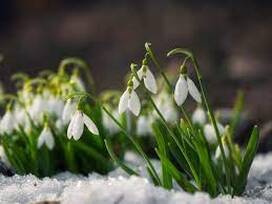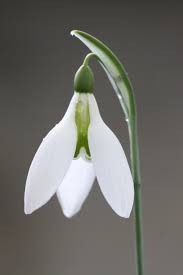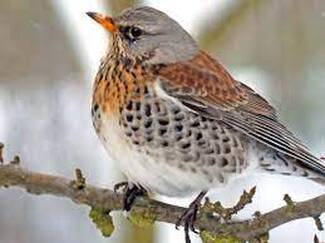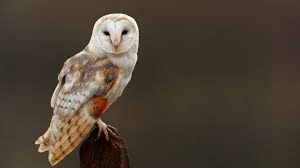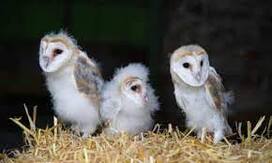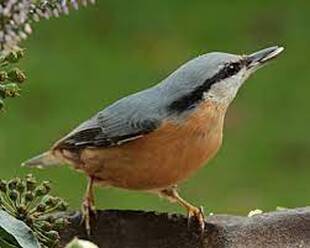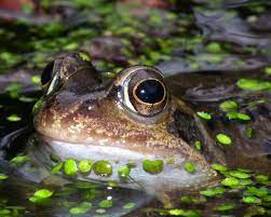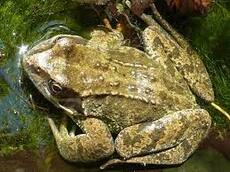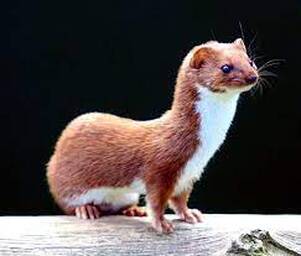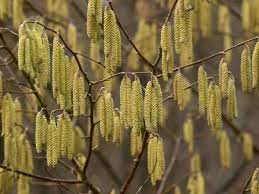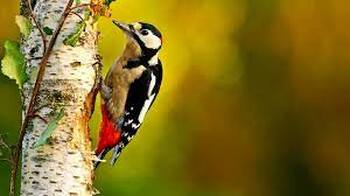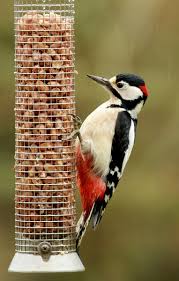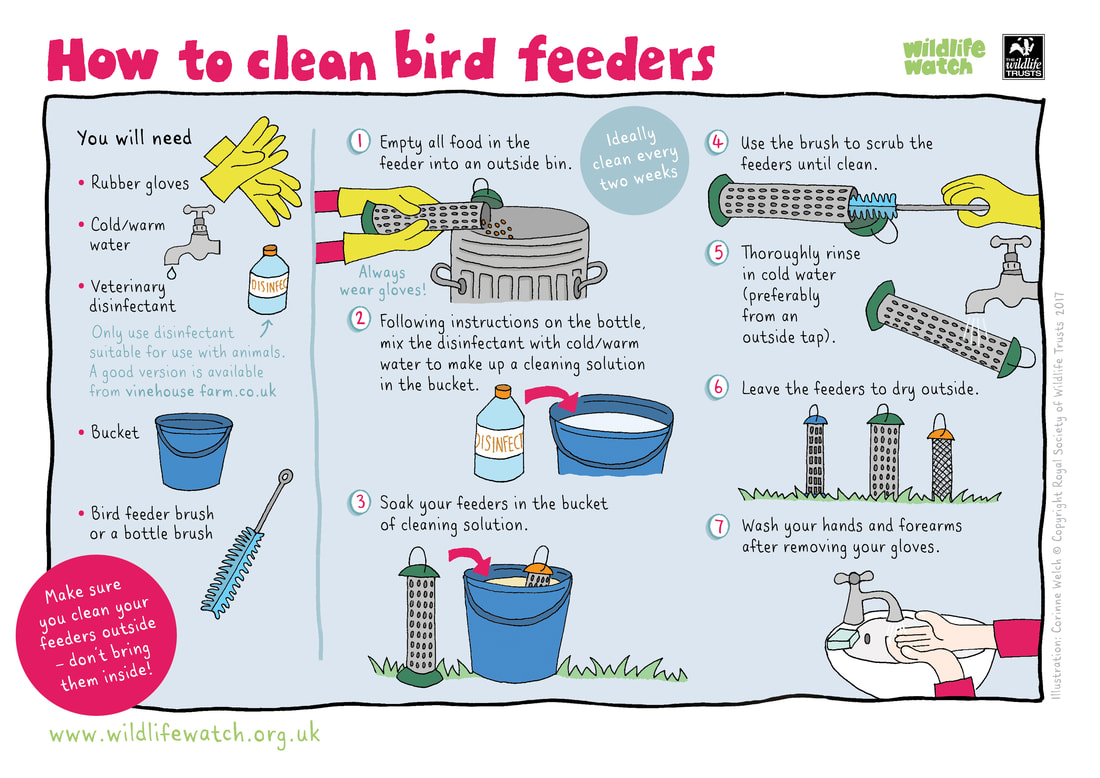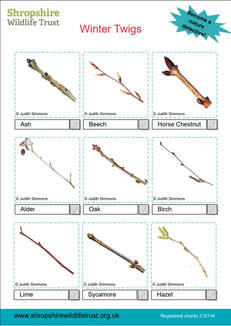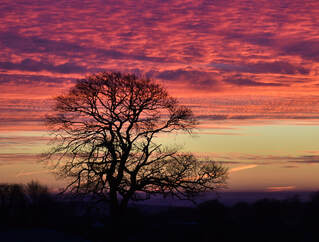Snowdrops (Galanthus nivalis)These flowers are native to mainland Europe but have been naturalised in British woods for several centuries. Snowdrops are adapted to midwinter flowering: a sheath protects their flower stem as it pushes up through the hard, frosty ground. This is a kind of modified leaf, and its botanical name is a spathe. The structure gives snowdrops their alternative name of ‘snow-piercer.’
|
Weasel‘Live fast, die young’ could be the weasel’s motto. Of the seven mustelids found in Britain, it has the shortest lifespan – rarely over 12–18 months. Small size and an energetic hunting style mean it rapidly burns through energy reserves, and consumes about a third of its body weight every day in order to survive.
|
Hazel catkinsHazel catkins were once known as lamb’s tails. partly for the obvious resemblance but also perhaps because both are welcome signs of the coming spring. Dangling from bare twigs, these pendulous flowers spikes-botanists would call them inflorescences-are covered in hard, golden scales and are entirely male.
|
Winter Twigs - Become a nature detective!!The Shropshire Wildlife Trust has provided this handy twig identification page.... how many can you find?? To download it directly from their site, click here.
|
Competition Time!! A photograph of a winter tree silhouetteTwo categories: Adults and U/16
(please give your age in the u/16 category) Submit by 28 February to [email protected] Prize information to follow shortly.... |
